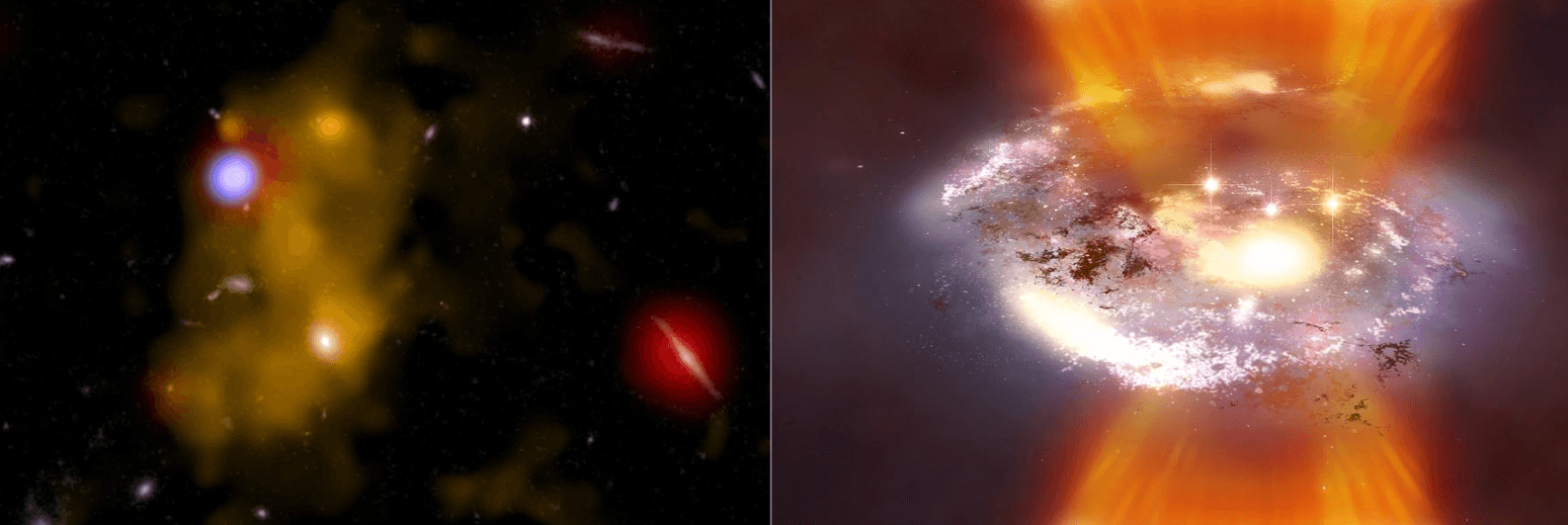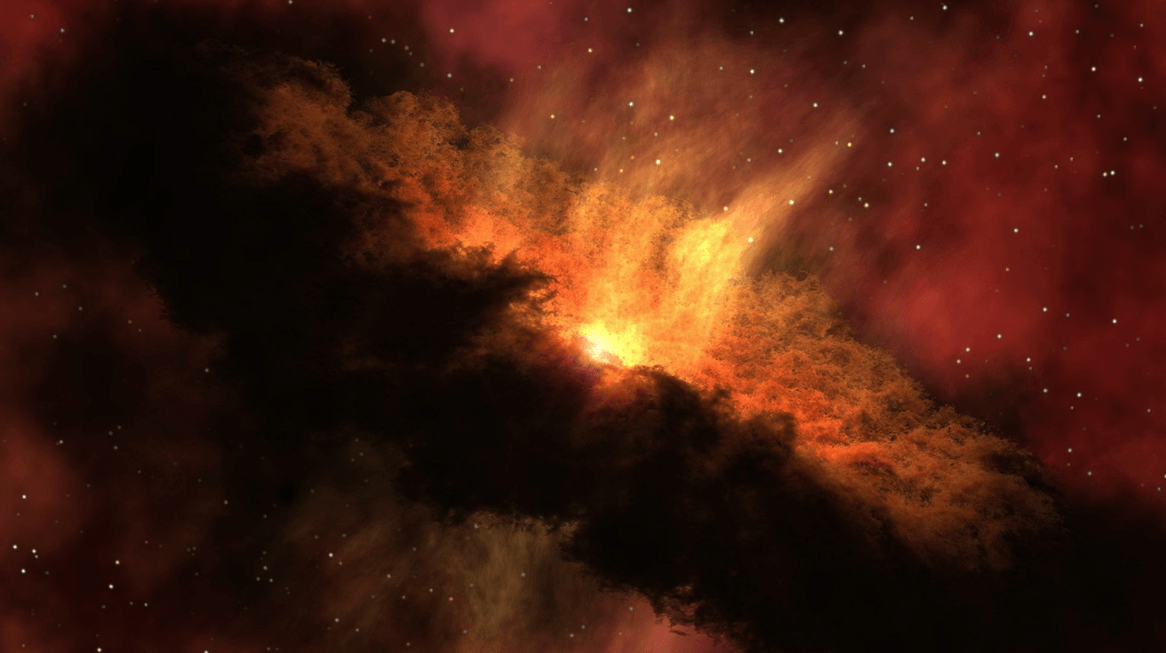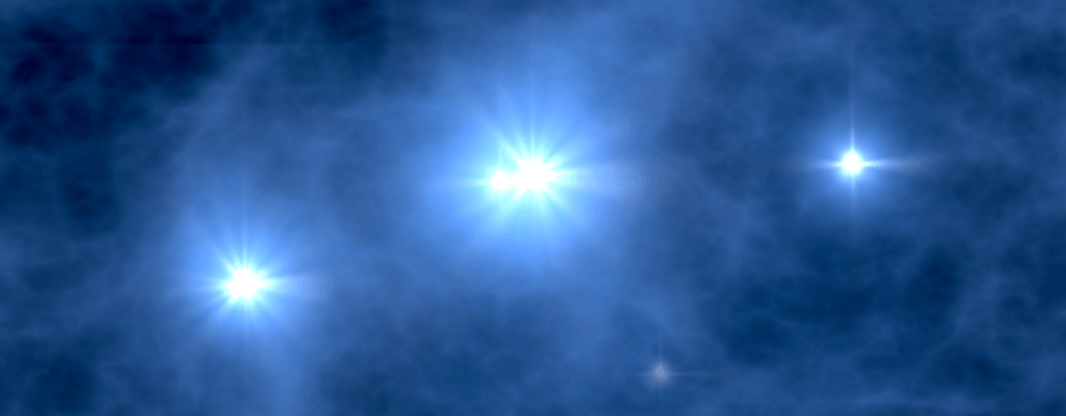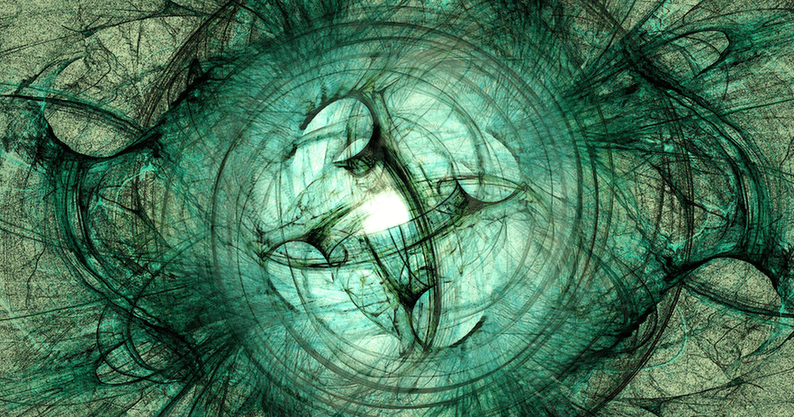1. The effects of Chern-Simons Gravity and Electromagnetic fields in Blach Hole space-time 2. Space-time rotation induced Landau quantization
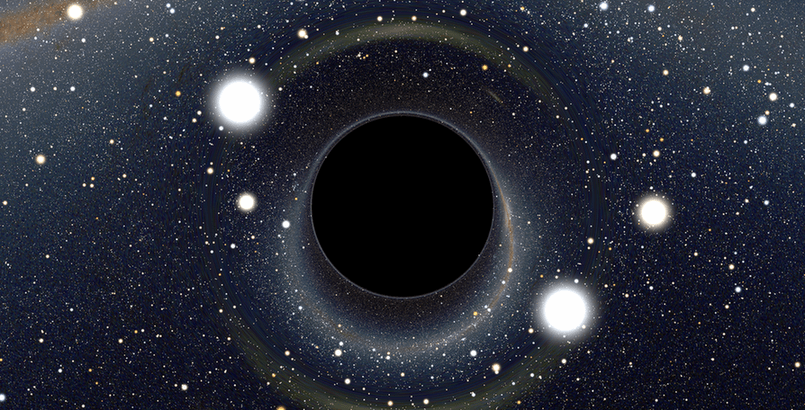
Takahashi Rohta
Tomakomai National College of Technology
1. One of the goals of galactic center black hole observations is the validation of theories of gravity. In addition, recent radio observations have revealed visibility and positional information of light source, and in hte near future we will obtain interferometer observations that will show how the magnetic radiation plasma...


 和 英
和 英 